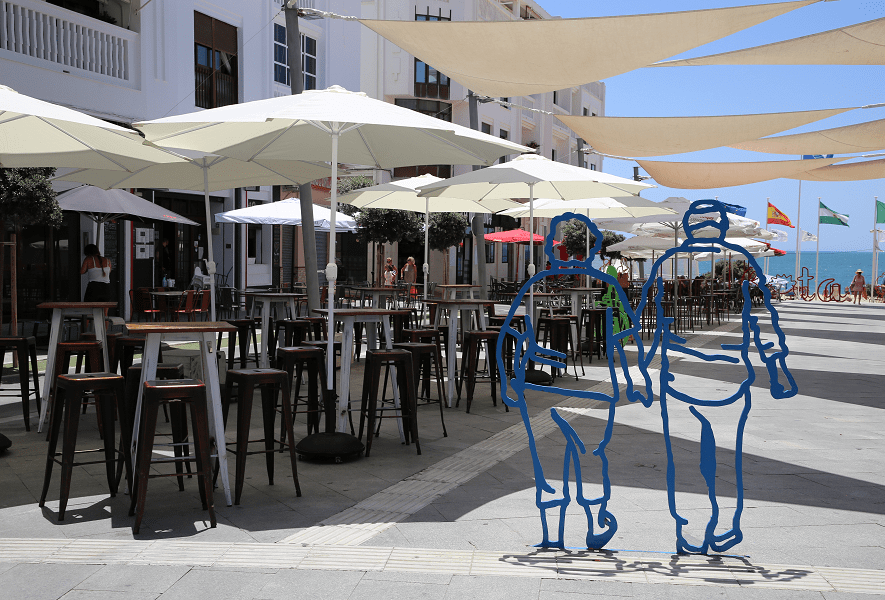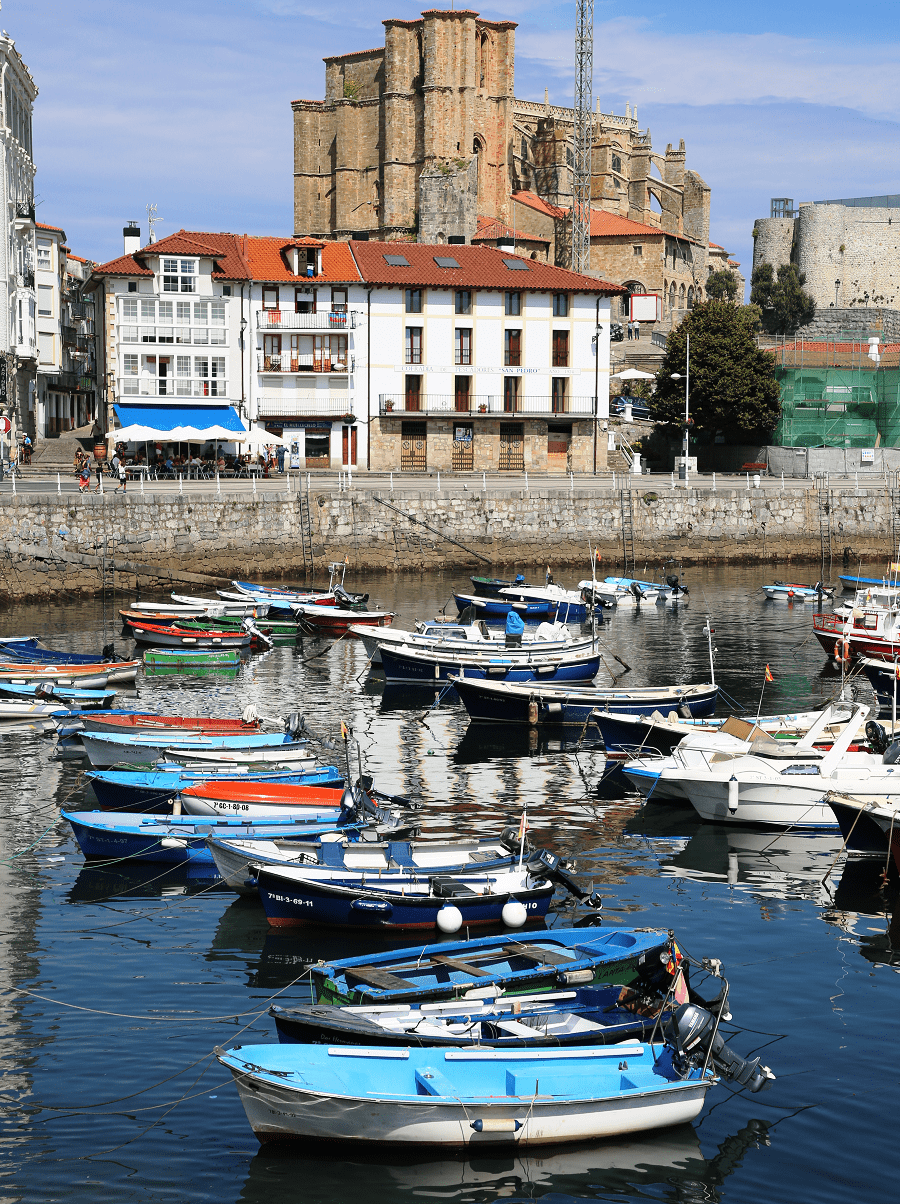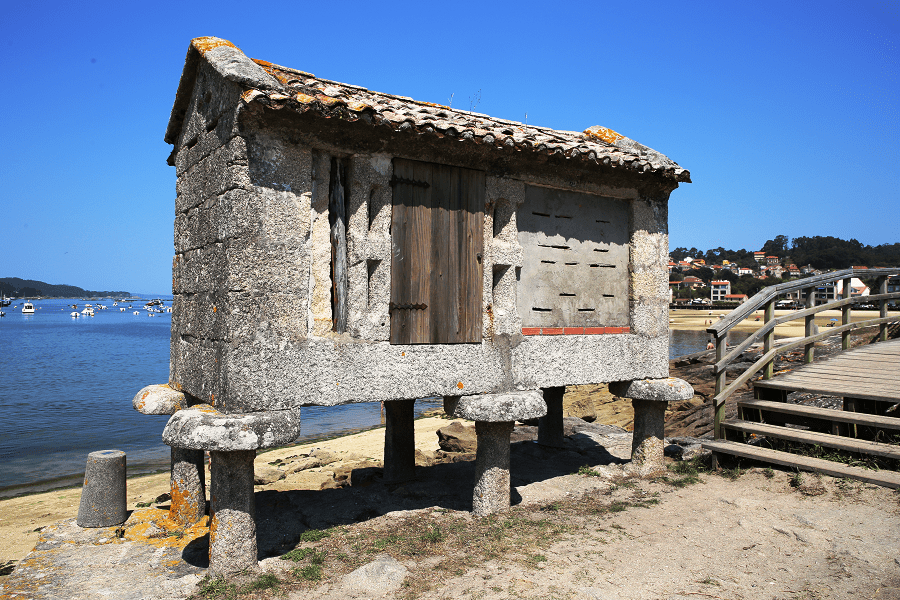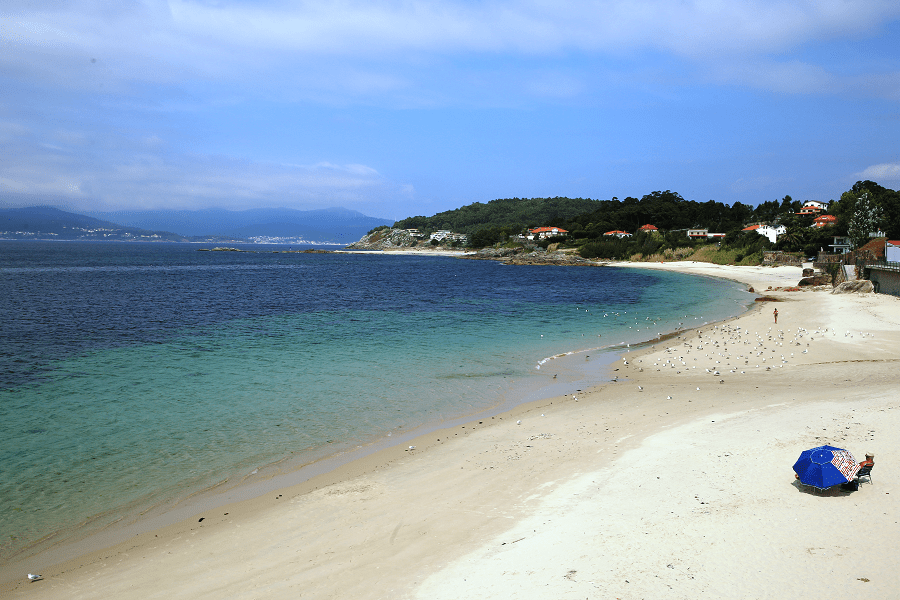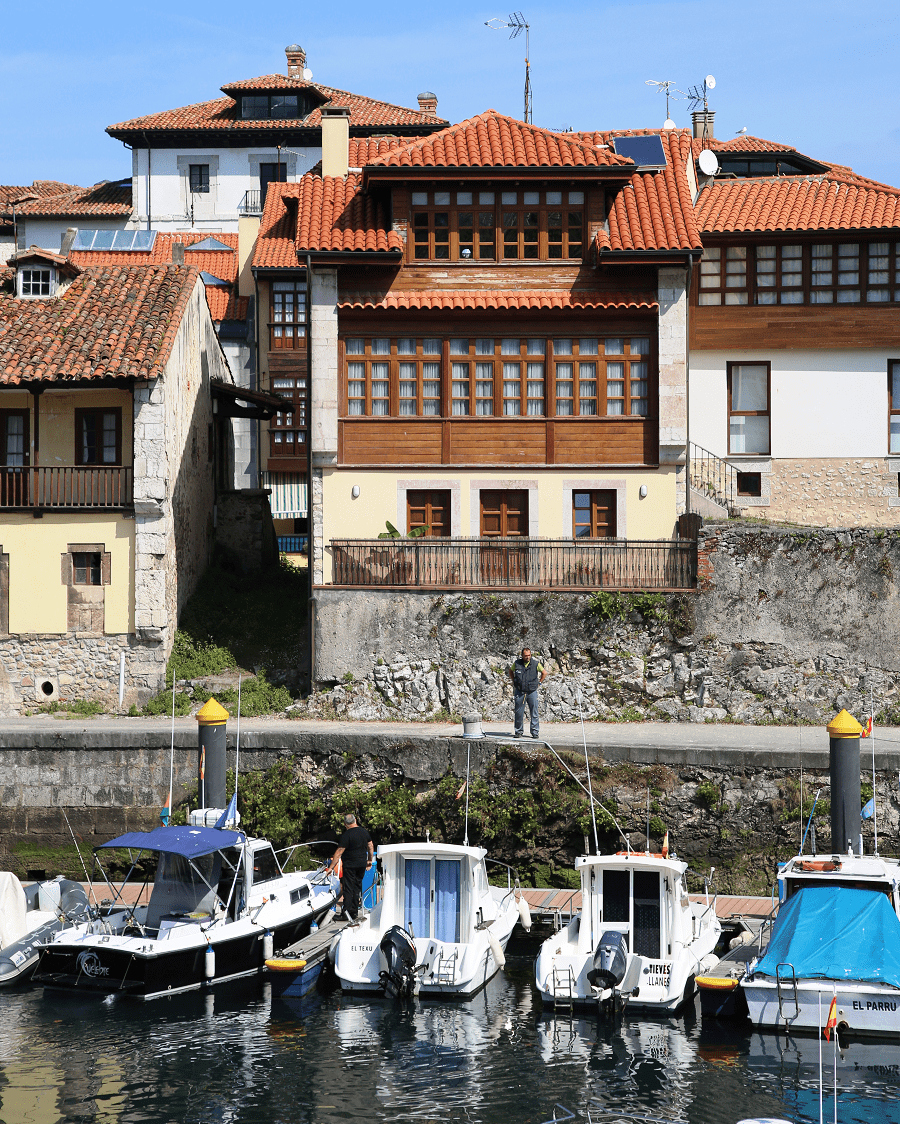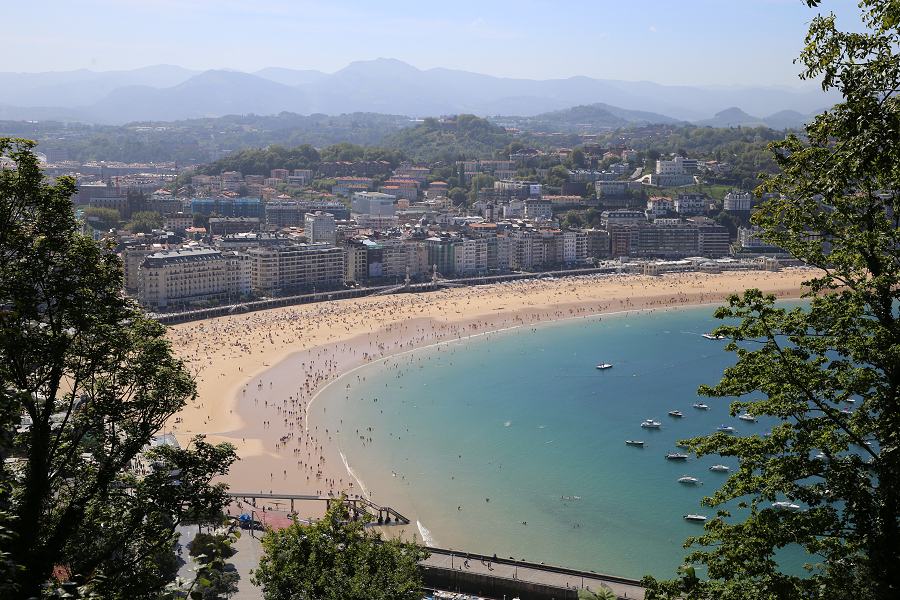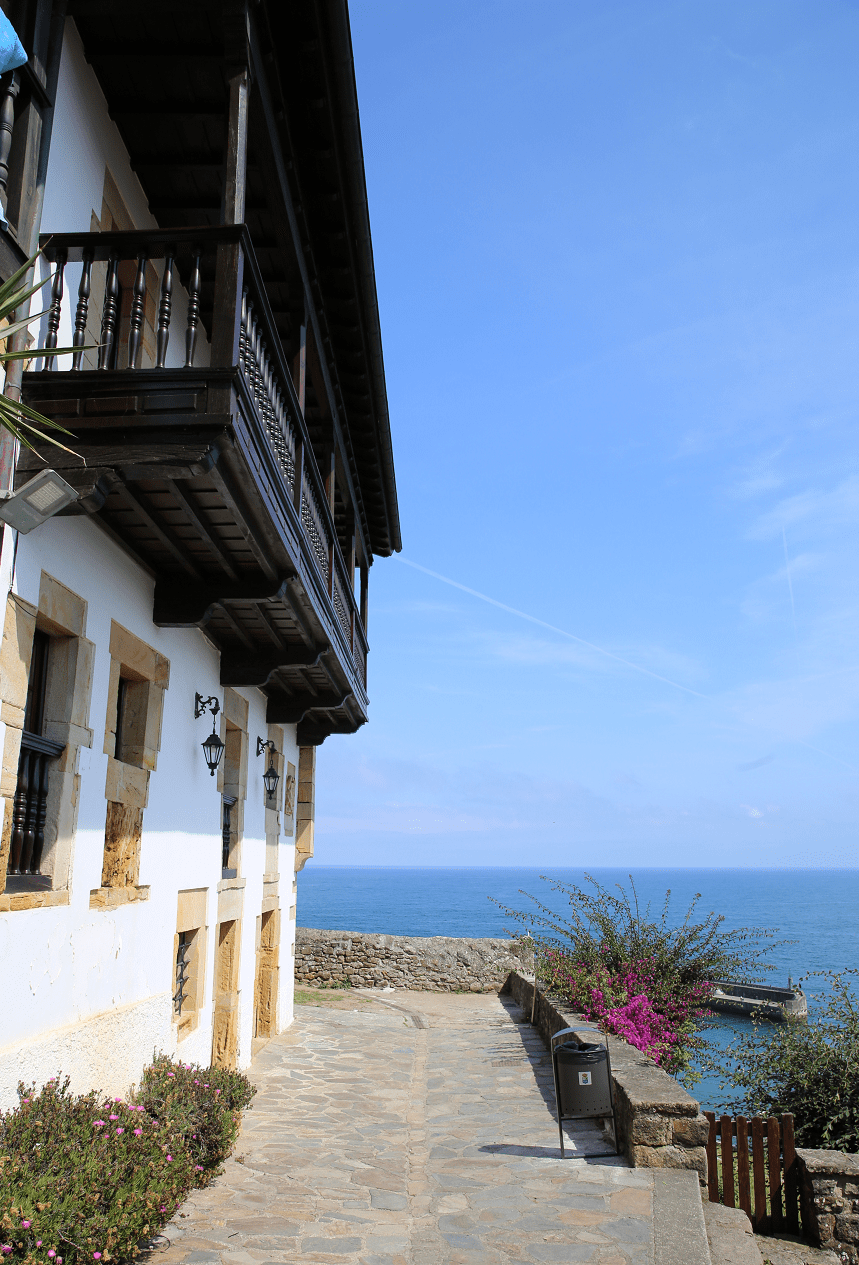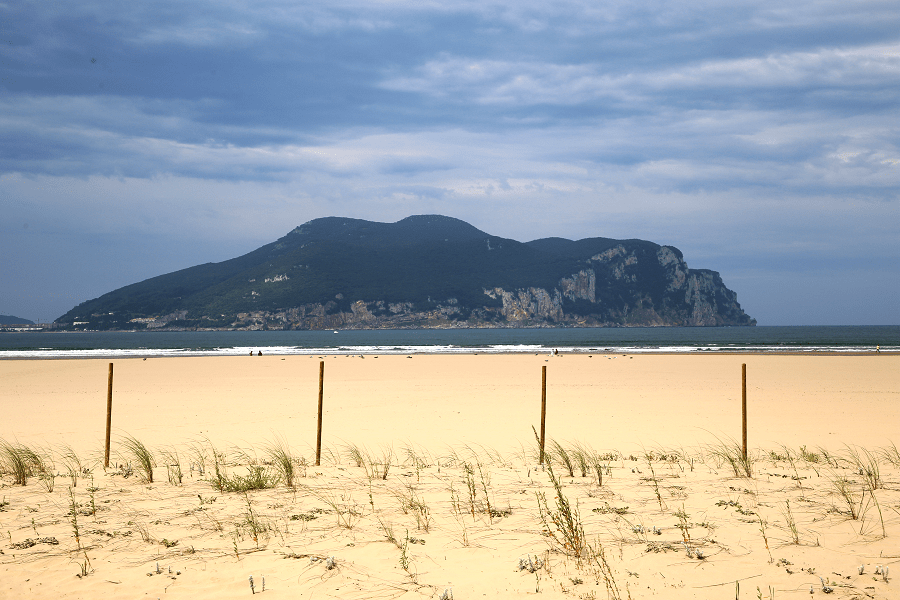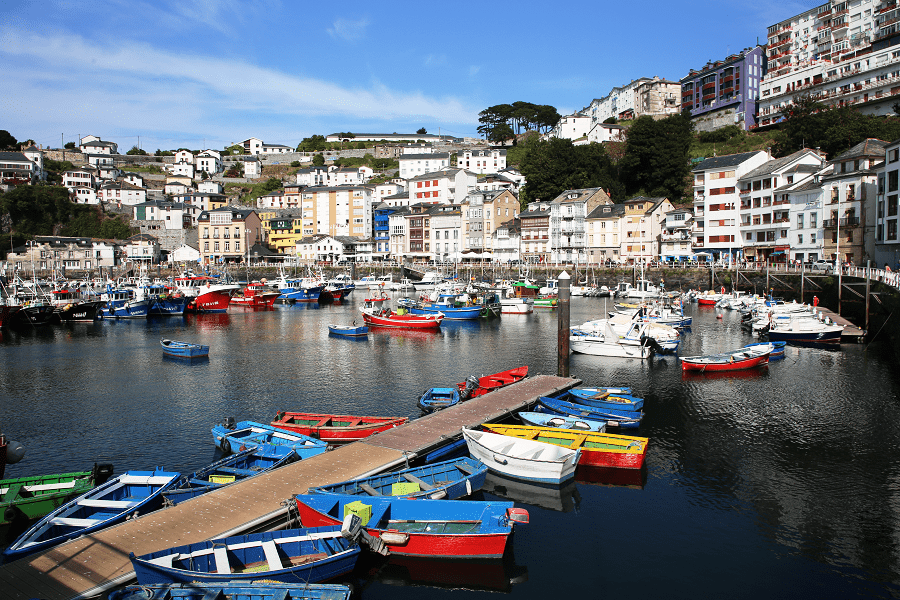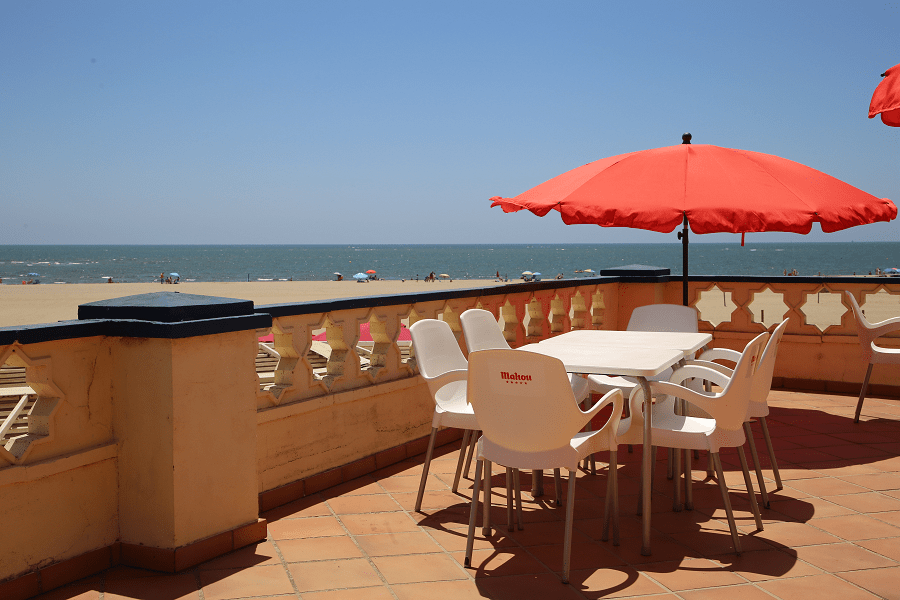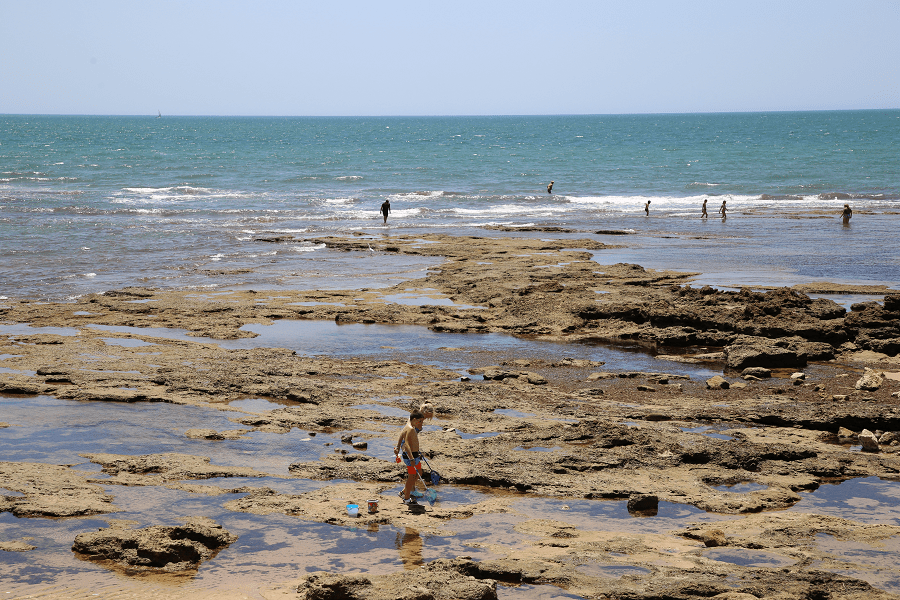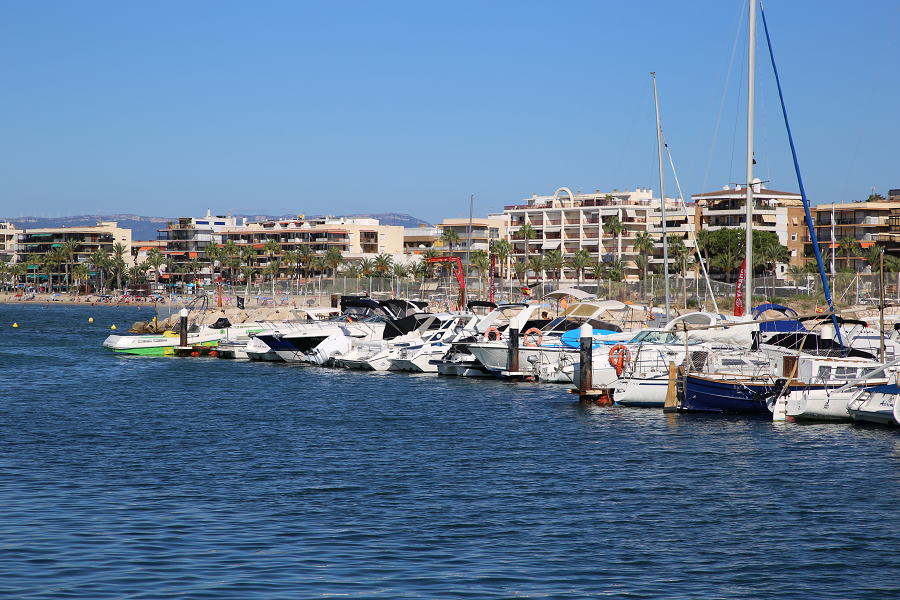Atlantic resorts of Spain (80 objects on 7 coasts)
Three different sections can be distinguished on the Spanish coasts bathed by the Atlantic Ocean: the Cantabrian one, which extends from the Bidasoa (Asturias, Cantabria, Basque country) river to the Estaca de Bares point, the Galician (Galicia) one, which includes Estaca de Bares to the Portuguese border, the Andalusian (Andalusia), the one that includes the provinces of Huelva and Cádiz.
Northern mainland Spanish resorts, washed by the Atlantic Ocean, are a less popular destination for summer beach holidays than the well-promoted Spanish resorts on the Mediterranean Sea.
The Spanish Atlantic coast stretch is inferior to the Mediterranean in length only, but the ocean beaches of Spain are in some ways superior to the sea beaches.
There are fewer people, therefore lower prices for holidays, and there are incredibly beautiful places here.
Therefore, the Spaniards themselves prefer to relax in the Atlantic Ocean resorts.
These places are incredibly picturesque: they are cut by cozy bays, and the proud rocky capes go far into the ocean, there are many completely deserted snow-white sandy beaches.
The most popular northern Spain resort regions on the Atlantic Ocean are Galicia, Asturias, Cantabria, Basque country.
Andalusia is the most popular resort region in the south.
Full list of Costas (from south to north)
Andalusia
The Costa de la Luz (Coast of Light) is a section of the coast in Spain facing the Atlantic ocean, Andalusia. It extends from Tarifa in the south, along the coasts of the Province of Cádiz and the Province of Huelva, to the Ayamonte and Isla Canela beach – the westernmost resort (on the Portuguese border).
National tourism stands out and it is also a destination for foreigners, mainly French, English and Germans.
It has a fairly relevant tourist offer of hotel and leisure beds, both sun and beach, rural, gastronomic and cultural, golf courses, water parks and marinas.
Nearest international airports are in Seville, Jerez de la Frontera.
Galicia
Rias Baixas
Rias Baixas are a part of the coastal area of Galicia, Spain. Its capital is the city of Pontevedra. It occupies almost the entire coast of the province of Pontevedra, from A Guarda (on the Portuguese border) to the Vigo estuary, and part of the west coast of the province of A Coruña.
There are hundreds of beaches. Carnota beach is one of the 100 best in the world.
An especially important industry in Galicia is that of seafood. A large amount of that seafood comes from the Rías Baxias.
Nearest international airports are in Santiago de Compostela, Vigo.
Costa da Morte
Costa da Morte (Death Coast) is a part of the Atlantic coast of Galicia, Spain. The Costa da Morte extends from the municipality of Muros, bordering Rías Baixas, to the municipalities, integrated in A Coruña metropolitan area.
It’s one of the wildest parts of the Atlantic resorts of Spain.
The Costa da Morte received its name because there have been many shipwrecks along its treacherous rocky shore. The shore of the Costa da Morte is exposed directly to the Atlantic Ocean.
Nearest international airports are in Santiago de Compostela, Vigo, A Coruña.
The Rías Altas
The Rías Altas are a part of the coastal area of northern Galicia. They form the eastern part of the province of A Coruña and the entire coast of the province of Lugo. It extends from Pontedeume in the west to Ribadeo in the east.
Nearest international airports are in Santiago de Compostela, A Coruña.
Asturias
Costa Verde (Green Coast) is the tourist name assigned to the coast of Asturias, located in the Cantabrian Sea. It includes the coast of the maritime province of Gijón created in 1845, and maritime province of Avilés, created in 2007.
It extends from As Figueiras in the west to Llanes in the east.
Although August is considered the hottest month of the year, the swimming season begins in June. Many tourists come here not only for beach holidays and sightseeing, but also for surfing, diving and other water sports.
Nearest international airport is in Oviedo.
Cantabria
Costa Cantabria is the tourist name assigned to the coast of Cantabria, located in the Cantabrian Sea.
It extends from San Vicente de la Barquera in the west to Castro-Urdiales in the east.
The most differentiating thing about the Cantabrian coast with respect to the rest of Spain, with the exception of Galicia, is the presence of estuaries, which give it a more convoluted perimeter; Thus, Cantabria has 1 km of coastline for every 509 km² of surface, while the total for Spain is 1 km for every 126 km².
Nearest international airport is in Santander.
Basque country
Costa Vasca (Basque coast) designates the stretch of coastline of the Cantabrian Sea between the cities of Bilbao and Biarritz (France).
It is located at the eastern end of the northern coast of Spain and at the southwestern end of the western coast of France, in Biscay and Guipúzcoa (autonomous community of the Basque Country) and Labort (department of the Pyrenees-Atlantiques in the New Aquitaine region) from the point Covarón (Musques) to the mouth of the Adur River (Chiberta).
The Basque coast is made up of more than 250 kilometers of beaches, sandbanks, islands, estuaries, marshes, cliffs, fishing villages and unique rock formations in the world.
The Basque coast changed enormously in the 19th century to host the best seaside resorts in France and Spain, as it was a place frequented by the monarchy of both countries during the summer. Since then, its popularity has increased and in the 20th century it began to develop mass tourism, with the advantages and disadvantages that it entails.
The French part of the Basque coast includes the resorts of Ciboure and Saint-Jean-de-Luz.
Nearest international airports are in Bilbao, San Sebastian, Vitoria-Gasteiz.
See here best sea and ocean resorts of France and Spain (223 objects)



